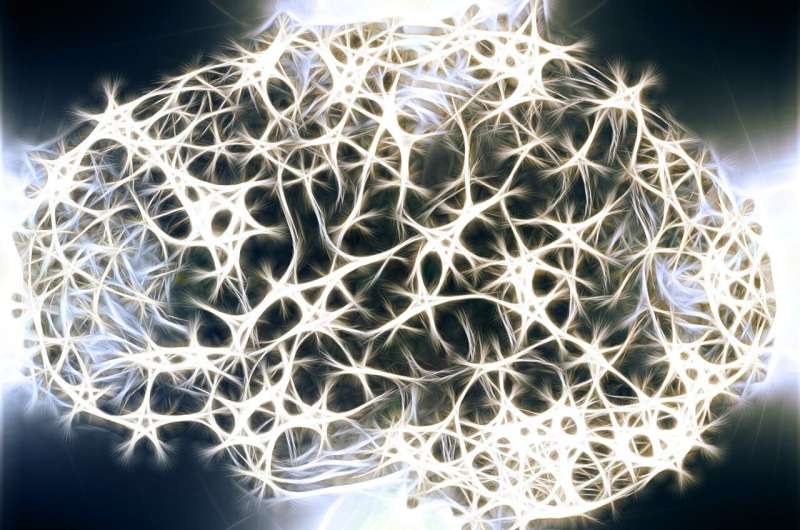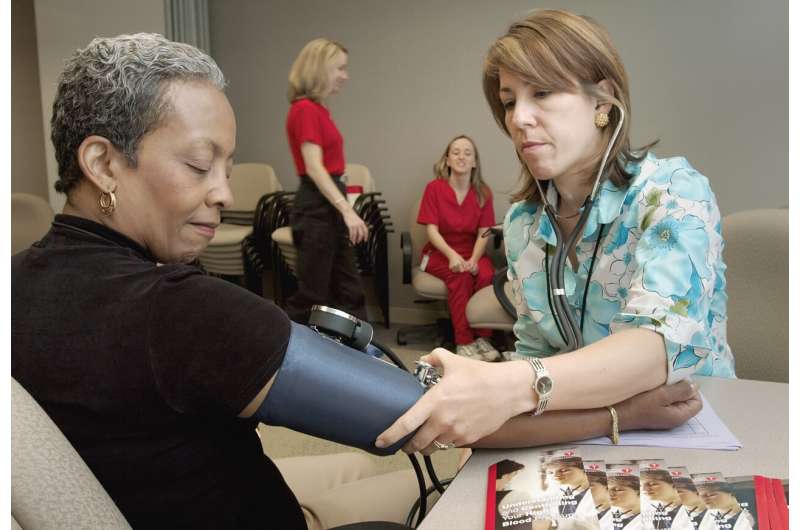Limitations of Artificial Digestion Models in Assessing Nanoplastic Risks in the Human Gut

New research reveals that current artificial digestion models may underestimate the size and risks of nanoplastics in the human gut, highlighting the need for more accurate assessment methods.
The increasing prevalence of microplastics and nanoplastics in the human body has raised significant health concerns. Recent studies have shown that human brain tissues contain between seven to thirty times more plastic particles compared to other organs like the liver and kidneys. Annually, individuals are estimated to ingest between 39,000 and 52,000 microplastic particles through food and water sources. These findings highlight the pressing need for precise evaluation of the potential health impacts posed by nanoplastics.
Scientists from Taiwan have uncovered critical flaws in current laboratory simulation methods used to study nanoplastics' behavior within the human gastrointestinal system. Specifically, they found that existing artificial digestion models tend to underestimate the size of nanoplastics by overestimating their potential risks. This research, published in the Journal of Hazardous Materials, calls for the development of more accurate models that better replicate actual human digestion.
Understanding how nanoplastics, such as those found in food packaging and consumer products, interact within the digestive tract is essential because ingestion remains a primary route of human exposure. To investigate these interactions, researchers simulated digestion using fluids designed to mimic human conditions and compared the results to those obtained from actual digestive fluids in humans and animals. Techniques like fluorescent labeling and advanced particle tracking were employed to measure particle sizes accurately, avoiding interference from digestive components.
The results showed that nanoplastics like polystyrene and melamine-formaldehyde tend to form aggregates during digestion, driven by factors such as acidity, salts, and proteins. Notably, artificial digestion models consistently produced smaller aggregates than real digestive fluids, suggesting that they may underestimate the actual size and, consequently, the potential risks of nanoplastics.
Additionally, the study revealed that food intake did not significantly alter particle size but did change the protein composition surrounding nanoplastics, potentially affecting their biological interactions. Prof. I-Lun Hsiao of Taipei Medical University emphasized that improving our models to reflect true digestive conditions is crucial for correctly assessing nanoplastic risks.
This research underscores the importance of refining our assessment tools to better understand and mitigate health risks associated with nanoplastic consumption. As plastic pollution continues to escalate globally, accurate evaluation of human exposure becomes increasingly vital for public health and safety.
Source: https://medicalxpress.com/news/2025-09-artificial-digestion-misjudge-nanoplastic-human.html
Stay Updated with Mia's Feed
Get the latest health & wellness insights delivered straight to your inbox.
Related Articles
New Study Finds Fewer Than 500 Neurons Play Key Role in Suppressing Binge Drinking
A groundbreaking study identifies fewer than 500 neurons in the brain that are crucially involved in suppressing binge drinking behavior, offering new insights into potential treatments for alcohol dependency.
Large Community Health Screenings Reveal Opportunities to Detect Heart Disease Risks
Community-wide health checks are effective in identifying at-risk individuals for heart disease, highlighting the importance of large-scale screening programs for early intervention and prevention.
Menstrual Cycle Influences Women's Reaction Time More Than Physical Activity, But Exercise Has a Stronger Impact
A study shows that women's reaction times are influenced by the menstrual cycle, but engaging in physical activity has a more profound effect on cognitive performance than cycle phase alone.



